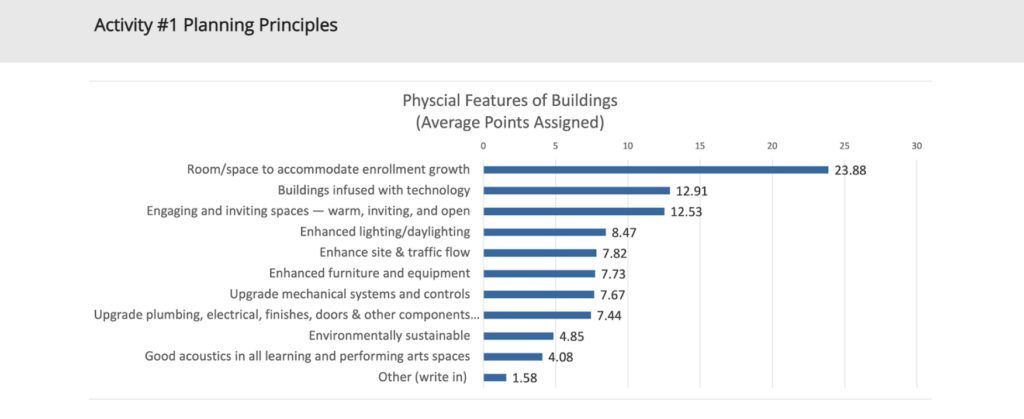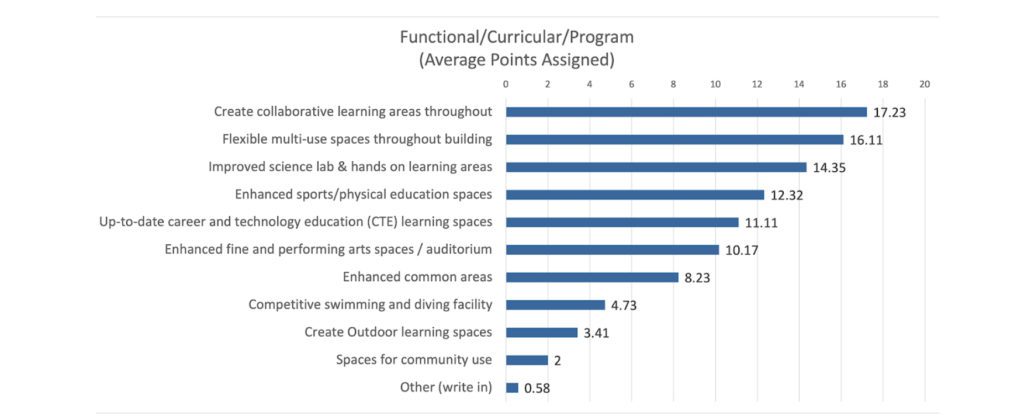By Will Payne
Recently the Mahomet-Seymour School District held Bulldog Blueprint meetings in an effort to improve the educational experiences of students and teachers throughout the area. The first meeting was held on April 22, the second took place on June 8, and the third, fourth and fifth are planned for the Fall of 2021.
A 22-person committee appointed by the district has identified several overarching goals from these meetings. The first is to understand the long-term challenges the school district faces regarding the potential repairs to facilities, along with their future strategy for curriculum and instruction.
The committee also aims to gather community input, develop a calendar for completion of these efforts, create branding or a name for its work, and present a report upon completion of work.
The theme from the first Bulldog Blueprint in late April of 2021 was “Where Are We Now.” This presentation detailed the forecast for the future of the Mahomet-Seymour School District. Since 2009, enrollment within the district has been steadily increasing, and the committee expects the numbers to continue to grow.
Superintendent of the Mahomet-Seymour School District Lindsey Hall knows there are issues with the schools that hinder the educational environment. One of these issues she touched on was the increased enrollment and how that must be addressed.
“One of these issues is a growing enrollment,” said Hall. “For the next ten years we have enrollment projections which indicate that it will be a trend based on research from professionals.”
Following the enrollment expectation, they touched on the consistent tax rates in the county, which would help contribute to the improvements of these schools. According to the presentation, the county schools facilities tax is a, “reliable, consistent source of revenue. Many improvements have been made in the Mahomet-Seymour Schools with this source of revenue” (Slide 26).
The Committee finally detailed the estimated physical needs cost of Middletown Prairie Elementary (MPE), Lincoln Trail Elementary (LTE), Mahomet-Seymour Junior High (MSJH) and Mahomet-Seymour High School (MSHS). This sum was estimated to be $63.2 million, which would cover almost 500,000 square feet of land. Most of the funds are needed for the junior high and high school, and these projects be completed over a twenty-year period.
They stressed during the meeting that this total was simply an estimate, and that potential construction costs would fluctuate during the time.
The final topic of the first Bulldog Blueprint was a detailed functional assessment of the current facilities and how they were based on their school site, structure, plant maintenance, safety, program support and educational environment.
MPE and MSHS ranked the highest in nearly all the six statistics, with LTE and MSJH lacking in certain areas. Overall the four schools had a borderline score of 66 out of 100, which displayed their evident need for improvement.
Another issue Hall wanted to focus on was the aging buildings, and that the numbers shown in the presentation were not acceptable for the Mahomet-Seymour area.
“We haven’t added any capacity to our buildings or any additional space since the late 1990s,” said Hall. “So our enrollment has been going up since that time with no additional space.”
Fast forward to June 8 when the second Bulldog Blueprint meetings were held. This time, the theme was “Visioning for the Future.” There was a massive drop-off in attendance between the first and second sessions with 170 people attending in April and 55 participants in June.
This presentation began with pie charts that displayed people’s opinions, concerns, and surprises about the first Bulldog Blueprint meeting. Most people were surprised about the high cost of improvements for the junior high, and many were concerned about the funding and paying for improvements, the growing class sizes and traffic issues in the area.
Following the public reactions, the committee detailed how the curriculum has changed over the past 50 years, with the addition of many classes to social studies, business and special education studies.
Before the attendees broke out into small groups, they presented the results from an online survey in which they asked 100+ teachers their opinions on instructional methods, flexibility, future needs and other preferences.
For elementary school, junior high and high school teachers, they found that one-on-one learning with the teachers and team collaboration were two successful methods to help students retain information.
With both sets of teachers, they agreed that the lecture format directed by the teacher was the most viable method of teaching with their resources in the current system.
In order for the educational system to improve in the Mahomet-Seymour district, it was heavily suggested that the teachers need bigger spaces, flexible seating and white boards/smart boards to improve their lessons.
With three upcoming meetings in the fall, the community and the committee will continue to collaborate about what improvements need to be made for the teachers and students of the Mahomet-Seymour community.
The following information is information gathered from the second Bulldog Blueprint.






